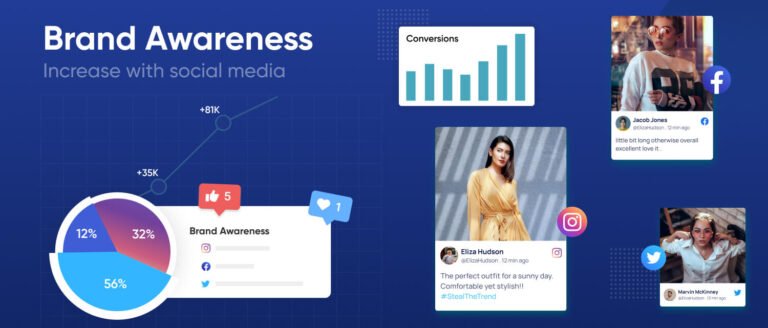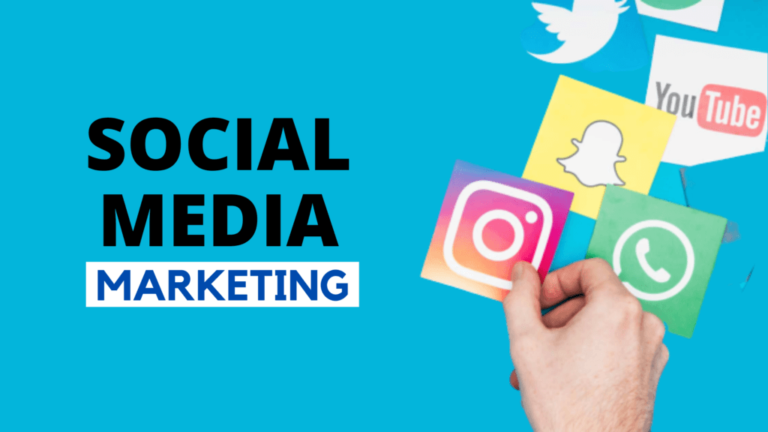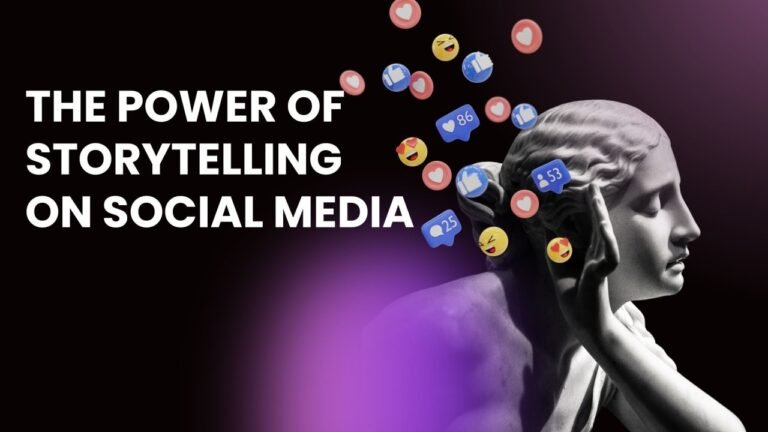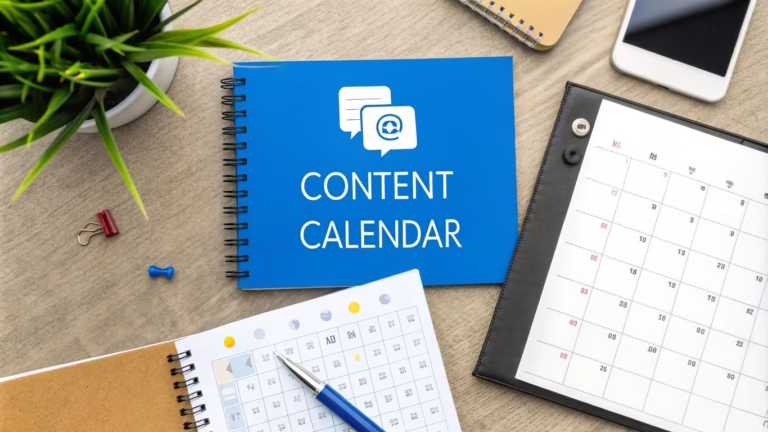Building and Managing an Engaged Social Media Community
At Social Peak Media, our mission is clear: to empower Sacramento’s small businesses to thrive in the ever-changing landscape of social media. In today’s digital world, building and managing an engaged social media community isn’t just a nice-to-have; it’s a critical component of business success. Your social media presence isn’t just about broadcasting messages; it’s about creating a vibrant, interactive community that connects with your audience on a deeper level.
Whether you’re just starting out or looking to refine your strategy, our team is here to guide you through every step of building a dynamic online community that resonates with your brand and drives meaningful engagement.

Best Practices for Responding to Comments and Messages
A key element in fostering an engaged social media community is how you respond to comments and messages. This interaction is often your most direct line of communication with your audience, and how you manage these exchanges can significantly influence your brand’s perception.

When responding to comments, personalization is crucial. Your audience wants to feel seen and heard. Acknowledging their specific points or questions in your responses shows that you’re paying attention and that you value their input. For example, if someone compliments your service, go beyond a generic “Thank you” by saying, “Thank you so much for your kind words! We’re thrilled to hear that our service met your expectations. If you ever need anything else, we’re here to help!”
Timeliness also plays a critical role. Social media operates in real-time, and users expect quick responses. Ideally, aim to respond within a few hours, especially for direct messages. At Social Peak Media, we often recommend that businesses set up notifications for comments and messages or use social media management tools that can help monitor and respond efficiently. This promptness not only satisfies customer expectations but also sets a standard for your brand as being active and responsive.
When dealing with direct messages, particularly those involving customer inquiries or issues, maintaining a professional yet friendly tone is key. If a customer reaches out with a problem, acknowledge their concern immediately, even if you can’t resolve the issue right away. A response like, “We’re sorry to hear that you’re experiencing this issue. We’re looking into it and will get back to you as soon as possible,” assures the customer that their problem is being taken seriously.

The goal is to create a positive experience for the user, even when they are upset or dissatisfied. The way you handle these interactions can turn a one-time visitor into a loyal customer and an advocate for your brand.
How to Handle Negative Feedback on Social Media
Dealing with negative feedback on social media can be challenging, but it’s an essential part of managing your online community. Negative comments, when handled correctly, offer an opportunity to demonstrate your brand’s commitment to customer satisfaction and transparency.

The first step in managing negative feedback is to approach it with a calm and constructive mindset. Reacting defensively or ignoring the comment can harm your brand’s reputation. Instead, acknowledge the person’s concern. For instance, if someone criticizes your product or service, you could respond with, “Thank you for bringing this to our attention. We’re sorry to hear that you had a less than satisfactory experience, and we’d like to make it right.”
This type of response does two things: it shows the unhappy customer that you care, and it demonstrates to others that you take customer feedback seriously. Other users will see that you are proactive in addressing issues, which can help build trust and credibility.
It’s also important to address the issue privately if it involves sensitive information. Invite the commenter to continue the conversation via direct messages or email. For example, “We’d love to discuss this further with you and find a solution. Could you please send us a direct message with more details?” This move takes the conversation out of the public eye and allows you to provide a more personalized response.
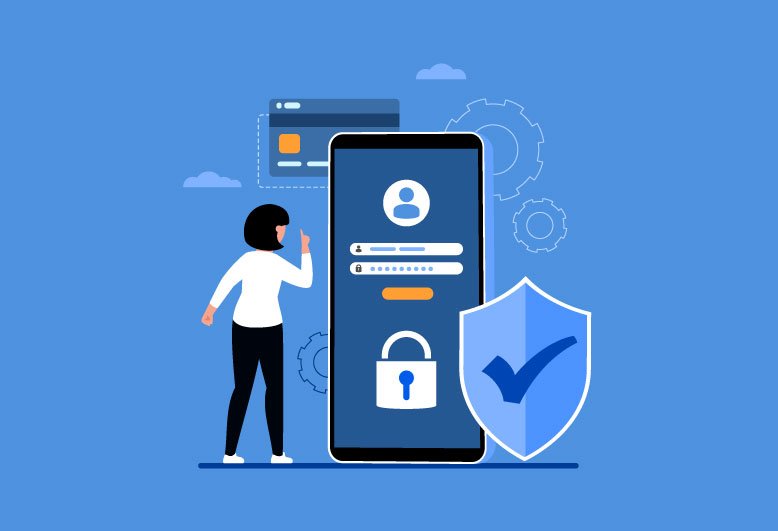
In some cases, you may encounter feedback that is unfounded or based on misinformation. When this happens, it’s crucial to correct the facts without appearing dismissive or confrontational. A response like, “We appreciate your feedback, but we’d like to clarify that [correct information]. We’re here to assist you further if needed,” helps clear up misunderstandings while maintaining a respectful tone.
Lastly, following up after resolving the issue is a powerful way to show that you care about your customers’ experiences. Reach out to the customer to see if they are satisfied with the resolution. This extra step can transform a negative experience into a positive one, strengthening the customer’s loyalty to your brand.
Creating Interactive Content to Boost Engagement
Interactive content is one of the most effective strategies for boosting engagement and building a strong social media community. At Social Peak Media, we believe in the power of content that doesn’t just speak to your audience but invites them to participate actively.

Interactive content can take many forms, each offering unique benefits in terms of engagement and audience insights. Polls, quizzes, live videos, and interactive infographics are just a few examples of content that can draw your audience in and keep them coming back for more.
Polls are a particularly effective tool for gauging audience preferences and opinions in a quick and engaging way. They are simple to create and easy for followers to participate in, making them ideal for increasing interaction on your social media platforms. For instance, a poll asking your audience which type of content they prefer—blogs, videos, or infographics—can provide you with valuable insights into their preferences, which you can then use to tailor your content strategy.
Quizzes offer a fun and engaging way to interact with your audience while subtly promoting your products or services. A well-designed quiz can go viral, leading to increased visibility for your brand. For example, a boutique fitness studio might create a quiz titled “What’s Your Fitness Personality?” which, in addition to engaging users, subtly introduces them to the studio’s various classes and offerings.
Live videos, including Q&A sessions, product demos, or behind-the-scenes looks, are powerful tools for real-time engagement. They allow you to connect with your audience directly and build a more personal relationship. Live content also tends to receive more engagement, as the sense of immediacy encourages viewers to participate by asking questions or sharing their thoughts in real time.
Interactive infographics, which allow users to click through data or visualize information in engaging ways, can also be highly effective. These are particularly useful for more complex topics where static images or text might not fully convey the message. By making the content interactive, you can help your audience better understand the information while keeping them engaged.

The Role of Contests and Giveaways in Community Building
Contests and giveaways are among the most popular and effective methods for building a vibrant social media community. These strategies not only drive engagement but also increase brand awareness and expand your audience.
Running a successful contest begins with setting clear objectives. Whether your goal is to boost your follower count, increase website traffic, or generate user-generated content, understanding what you want to achieve will help you design a contest that aligns with those goals.
One of the most common and effective types of contests is the “tag a friend” giveaway, where participants must follow your account, like a post, and tag a friend to enter. This type of contest helps increase your visibility as followers share the contest with their friends, who may not yet be familiar with your brand. It’s a simple yet powerful way to grow your community organically.

Another approach is to run a photo contest where participants submit photos related to your brand or products. This type of contest not only increases engagement but also generates user-generated content that you can use in your marketing efforts. For example, if you’re a local coffee shop, you could ask your followers to share photos of their favorite drinks from your shop for a chance to win a gift card. This not only promotes your brand but also builds a sense of community among your customers.
Giveaways can also be used to show appreciation for your existing followers. A simple “thank you” giveaway, perhaps for reaching a certain follower milestone, can go a long way in building goodwill. It shows your community that you value their support, and it encourages continued engagement.
To maximize the reach of your contests and giveaways, promote them across all your social media channels and consider collaborating with other local businesses or influencers. Cross-promotion can introduce your brand to new audiences and increase participation.

After the contest ends, it’s important to announce the winner publicly. This not only closes the loop on the contest but also reinforces transparency and builds trust within your community. Additionally, showcasing some of the best entries (with the participants’ permission) can provide further content for your social media channels and keep the engagement going even after the contest is over.
How to Use Polls and Surveys to Engage Your Audience
Polls and surveys are excellent tools for engaging your audience while gathering valuable insights into their preferences and behaviors. At Social Peak Media, we use these tools as part of a comprehensive strategy to not only keep your audience engaged but also to inform your content and business decisions.

Polls are quick, easy, and effective. They require minimal effort from your audience but can provide immediate feedback on a variety of topics. You can use polls to ask light-hearted questions, such as “What’s your go-to morning beverage?” or more business-oriented questions like “Which new feature would you like to see next?” Polls can also help guide your content creation by directly asking your audience what type of content they’d like to see more of.
Surveys, while requiring more effort from the participant, offer deeper insights. A well-crafted survey can help you understand your audience’s needs, preferences, and pain points. This information is invaluable when making decisions about product development, marketing strategies, or customer service improvements.
When creating surveys, keep them concise and focused. Ask only the most important questions to avoid overwhelming your respondents. It’s also helpful to include a mix of question types, such as multiple-choice, rating scales, and open-ended questions, to gather both quantitative and qualitative data.
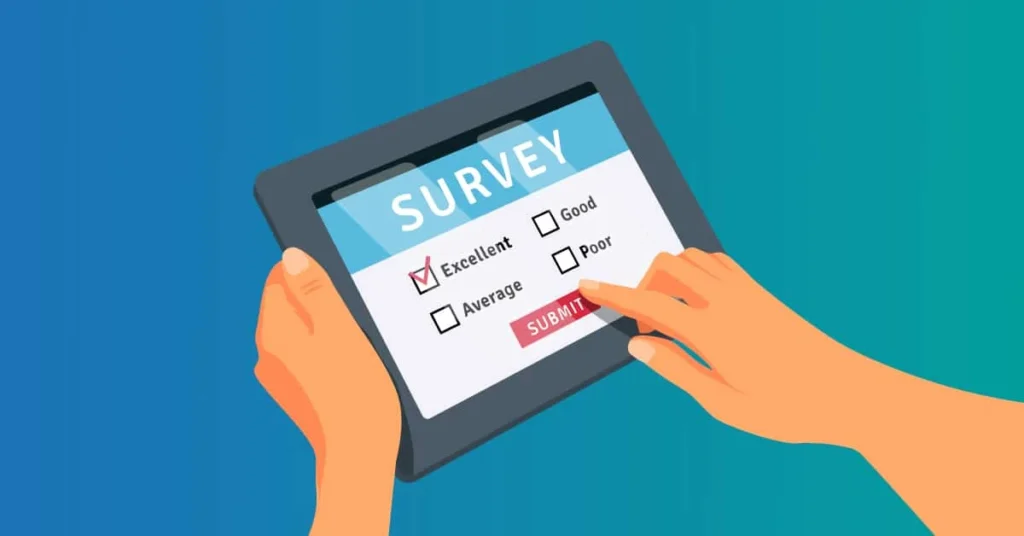
To encourage participation, consider offering a small incentive, such as a discount code or entry into a prize draw. This can significantly increase the response rate, particularly for longer surveys.
Once you’ve gathered your data, it’s important to share some of the insights with your audience. This not only shows that you value their input but also encourages further engagement. For example, if a majority of respondents express interest in a particular type of content or product, you could follow up with a post announcing that you’re working on it, thanking your audience for their feedback. This not only builds anticipation but also reinforces the idea that your brand listens to and values its community.
Leveraging User-Generated Content (UGC) to Enhance Community Engagement
User-generated content (UGC) is one of the most authentic and effective ways to build and maintain an engaged social media community. UGC not only provides your audience with a voice but also acts as powerful social proof, showing potential customers that real people love your brand.
At Social Peak Media, we encourage businesses to actively seek out and showcase UGC. This can be done in several ways, from encouraging customers to share their experiences with your products to hosting campaigns that specifically ask for user submissions.

One of the simplest ways to collect UGC is by creating a unique hashtag for your brand. Encourage your followers to use this hashtag when they post about your products or services. Not only does this make it easy to find and share UGC, but it also helps build a community around your brand.
Featuring UGC on your social media channels is a great way to recognize your customers and show that you value their contributions. It also adds a layer of authenticity to your content, as potential customers are more likely to trust the opinions of their peers over branded content.
Another effective strategy is to create a UGC contest where followers can submit photos, videos, or stories related to your brand for a chance to win a prize. This not only generates a lot of content but also drives engagement as participants share their submissions with their networks.
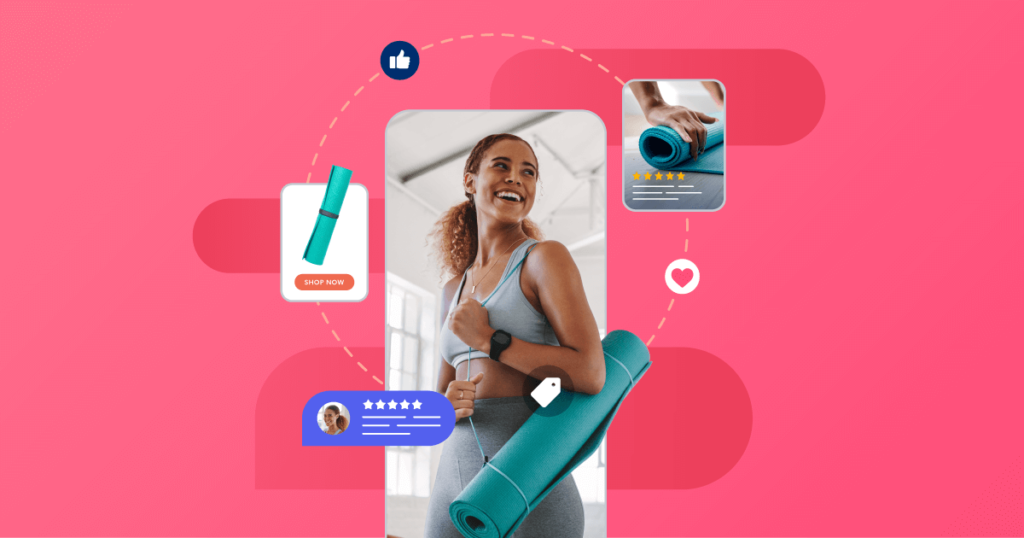
Conclusion
Building and managing an engaged social media community is more than just posting regularly; it’s about creating a space where your audience feels connected, valued, and heard. At Social Peak Media, we specialize in helping Sacramento’s small businesses achieve this by implementing strategies that foster genuine engagement and build lasting relationships with your customers.
By responding thoughtfully to comments and messages, handling negative feedback with care, creating interactive content, running engaging contests and giveaways, utilizing polls and surveys, and leveraging user-generated content, you can cultivate a vibrant and loyal community around your brand. This engagement not only enhances your online presence but also drives real-world business growth.
Remember, social media is not just a broadcasting tool—it’s a conversation. The more you invest in building relationships with your audience, the more they will invest in your brand. Let us help you turn your social media platforms into thriving communities that support and grow your business.
Disclosure: Our blog contains affiliate links to products. We may receive a commission for purchases made through these links. However, this does not impact our reviews and comparisons. We try our best to keep things fair and balanced, in order to help you make the best choice for you.





